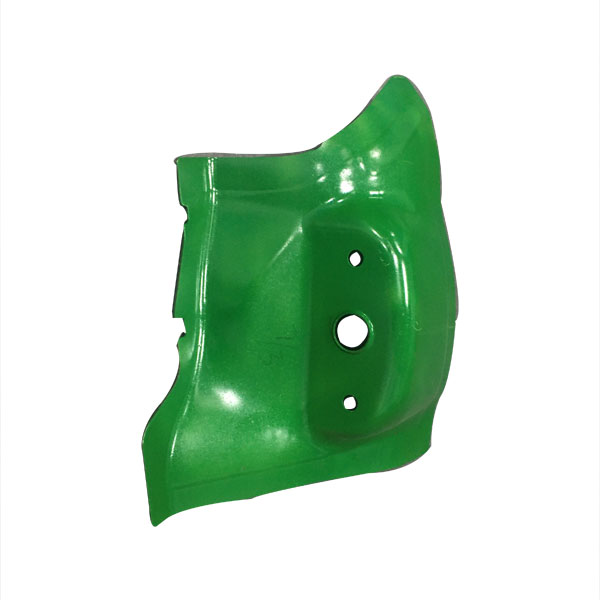Unveiling Elegance: The Role of Auto Wheel Housing Interior Decoration in Vehicle Design
2023-12-06
Introduction:
Automobile design is an intricate blend of form and function, where every detail contributes to the overall aesthetic appeal and functionality of a vehicle. One often-overlooked aspect that plays a significant role in both design and performance is auto wheel housing interior decoration. In this blog, we unravel the essence of wheel housing interior decoration and delve into its indispensable role in shaping the overall design of a vehicle.
Understanding Auto Wheel Housing Interior Decoration:
Auto wheel housing interior decoration refers to the design and styling elements incorporated into the interior space of the wheel housing—a space that houses the wheel and its associated components within the body of the vehicle. While traditionally a utilitarian space, modern automotive design has elevated wheel housing interiors into a canvas for creative expression and functional innovation.
The Role It Plays:
1. Aesthetic Enhancement:
One of the primary roles of wheel housing interior decoration is to enhance the visual appeal of the vehicle. By incorporating stylish and thoughtfully designed elements, automakers transform a previously overlooked space into an integral part of the overall aesthetic narrative.
2. Seamless Integration with Exterior Design:
Wheel housing interior decoration serves as a connecting link between the vehicle's exterior and interior design. Thoughtful design choices create a harmonious flow, ensuring that the visual language is consistent from the exterior body to the wheel housing interiors.
3. Brand Identity and Differentiation:
Auto manufacturers often use wheel housing interior design to establish and reinforce their brand identity. Distinctive design elements, logos, or color schemes within the wheel housing contribute to brand recognition and differentiation in a competitive market.
4. Customization and Personalization:
Wheel housing interior decoration offers an opportunity for customization and personalization. Automakers can provide options for consumers to tailor this space according to their preferences, allowing for a unique and personalized driving experience.
5. Reflecting Vehicle Type and Purpose:
Different types of vehicles, such as sedans, SUVs, or trucks, have unique design requirements for wheel housing interiors. The design should not only reflect the vehicle's type but also align with its intended purpose and target audience.
Challenges and Considerations:
1. Durability and Material Selection:
Given the wheel housing's exposure to harsh road conditions, materials used in the interior decoration must be durable and resistant to wear, corrosion, and impact.
2. Regulatory Compliance:
Wheel housing interior design must adhere to safety and regulatory standards to ensure the well-being of the vehicle's occupants and compliance with industry guidelines.
3. Balance with Vehicle Dynamics:
Striking a balance between aesthetics and the vehicle's dynamic performance is crucial. The design should not negatively impact aerodynamics, fuel efficiency, or the overall driving experience.
Conclusion:
Auto wheel housing interior decoration is a testament to the evolution of automotive design, where every facet of a vehicle is considered an opportunity for innovation and expression. From enhancing visual appeal to reinforcing brand identity and accommodating functional elements, the design of wheel housing interiors is a multi-faceted endeavor. As automotive design continues to evolve, we can anticipate even more creative and functional uses of this space, further elevating the driving experience and solidifying the importance of wheel housing interior decoration in the automotive industry.



